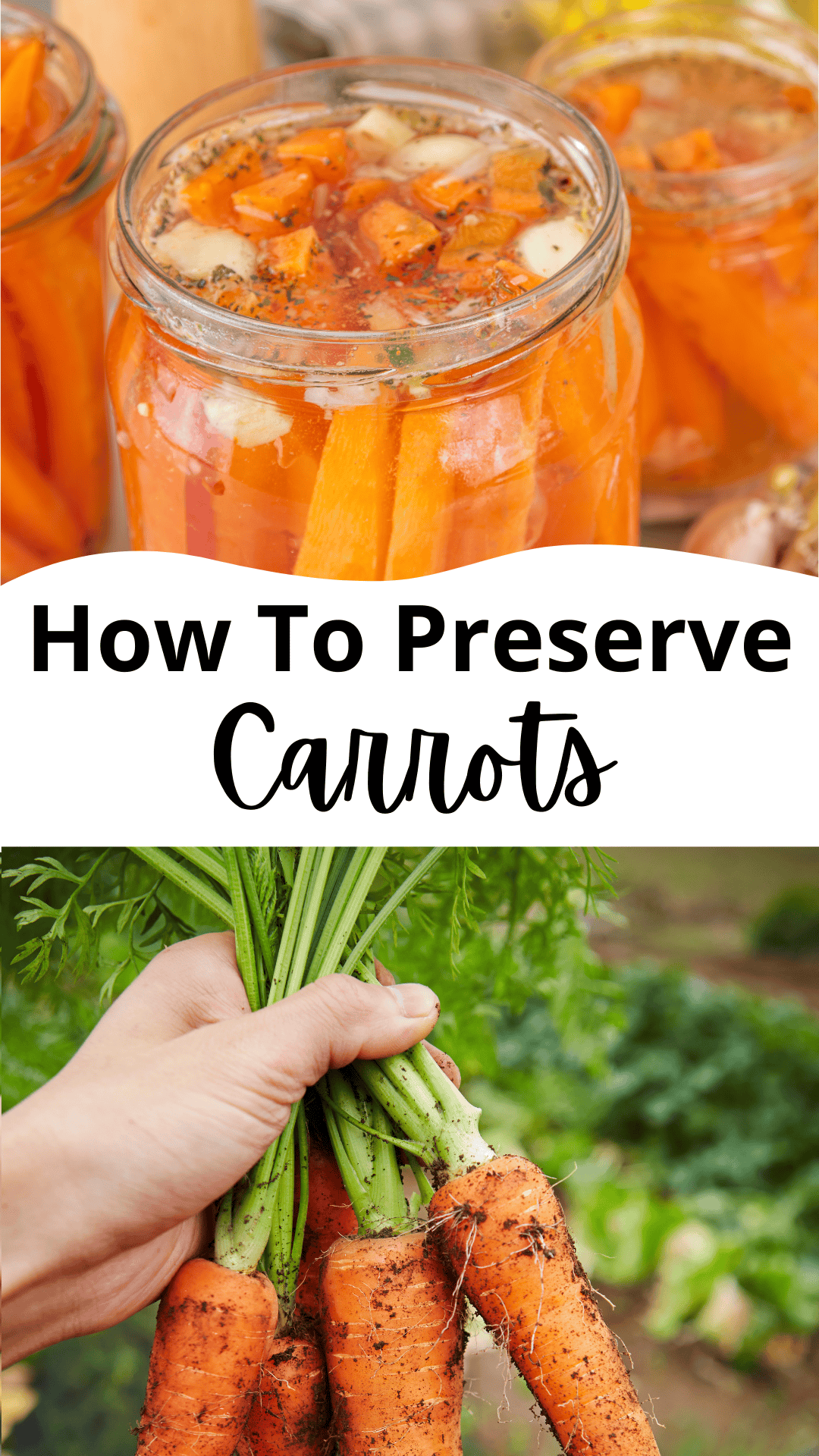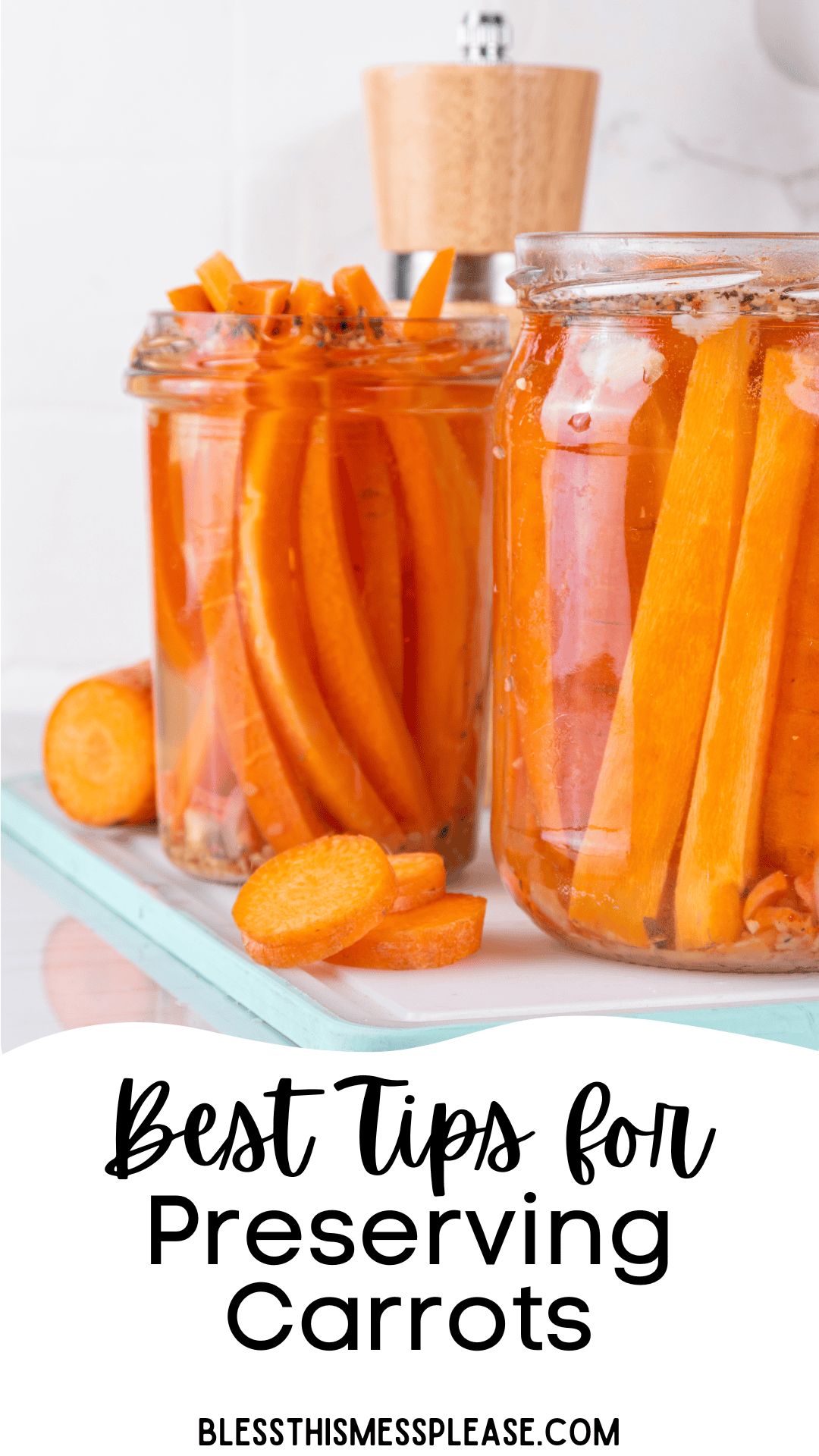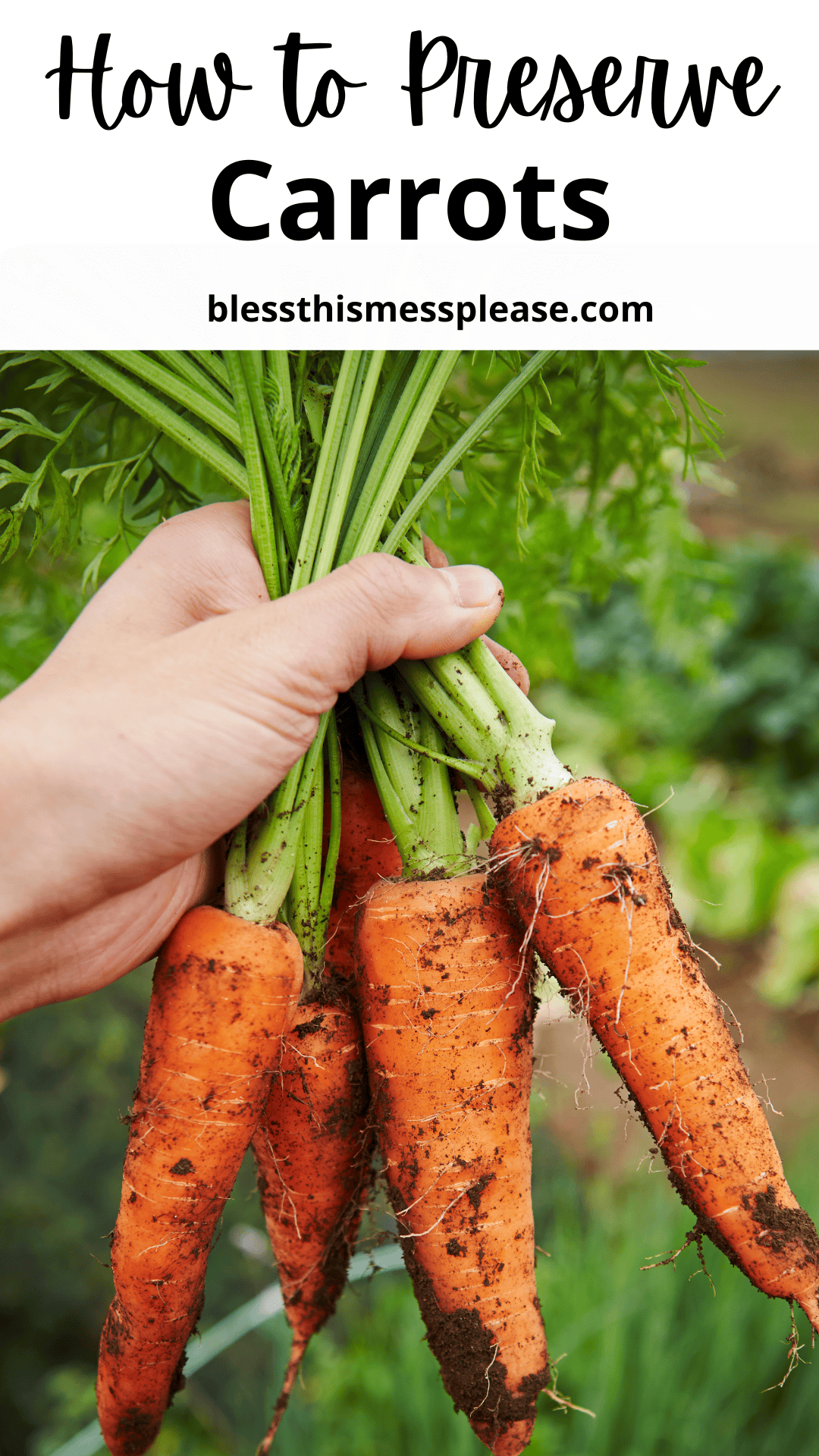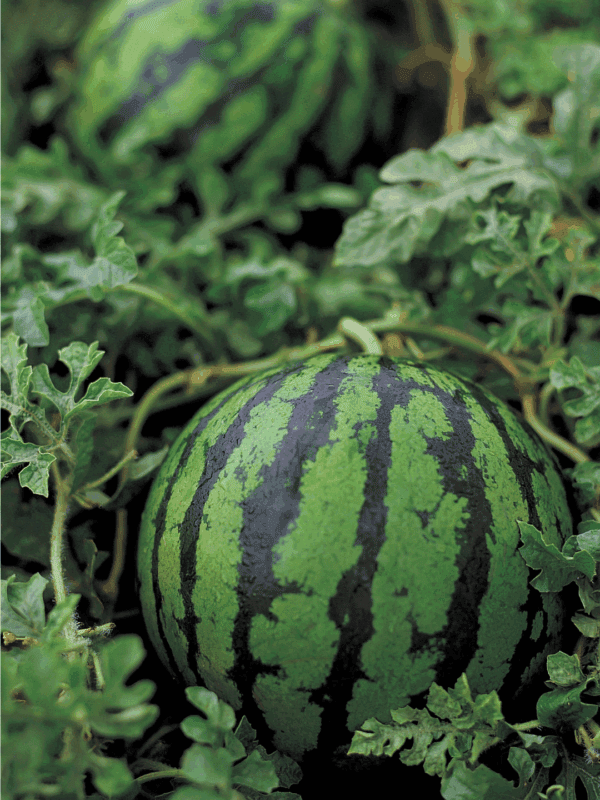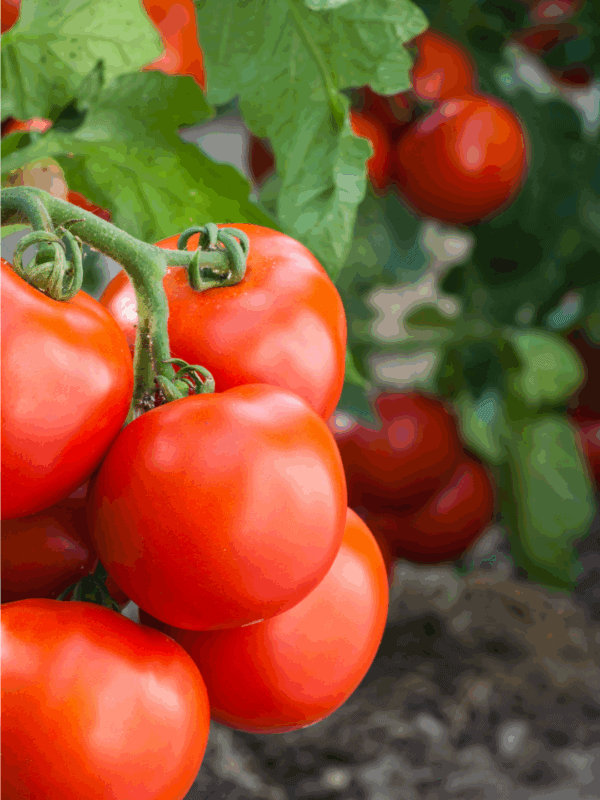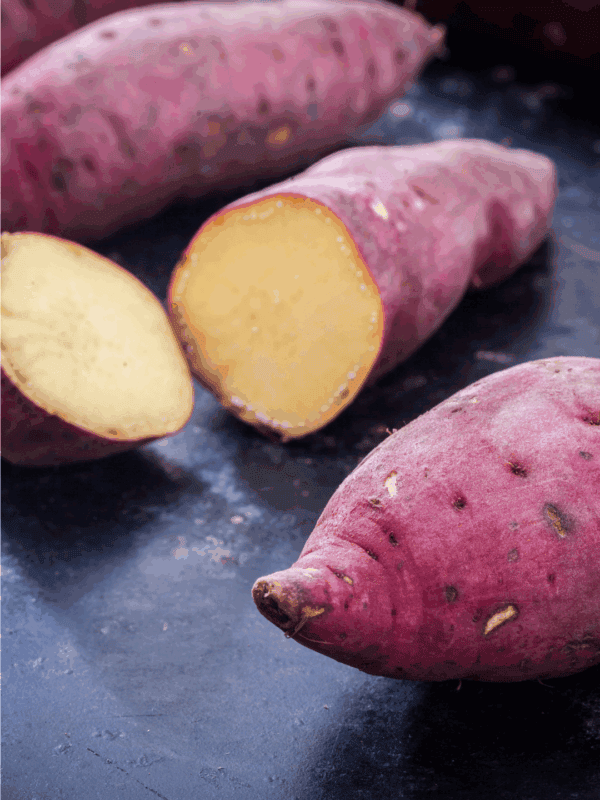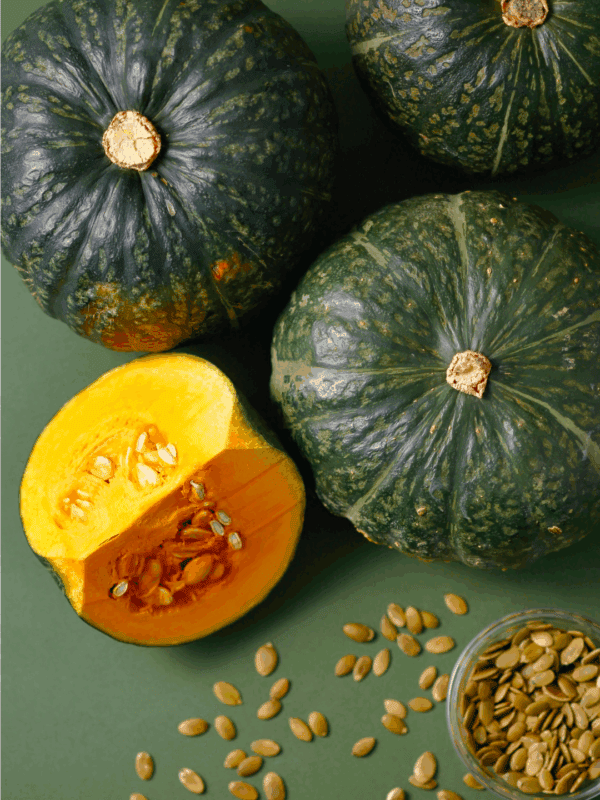This post may contain affiliate links. Please read our disclosure policy.
Learn How to Preserve Carrots with these proven storage methods. These dehydrating, freezing, and canning techniques will keep your carrots fresh for months with maximum freshness and flavor retention.
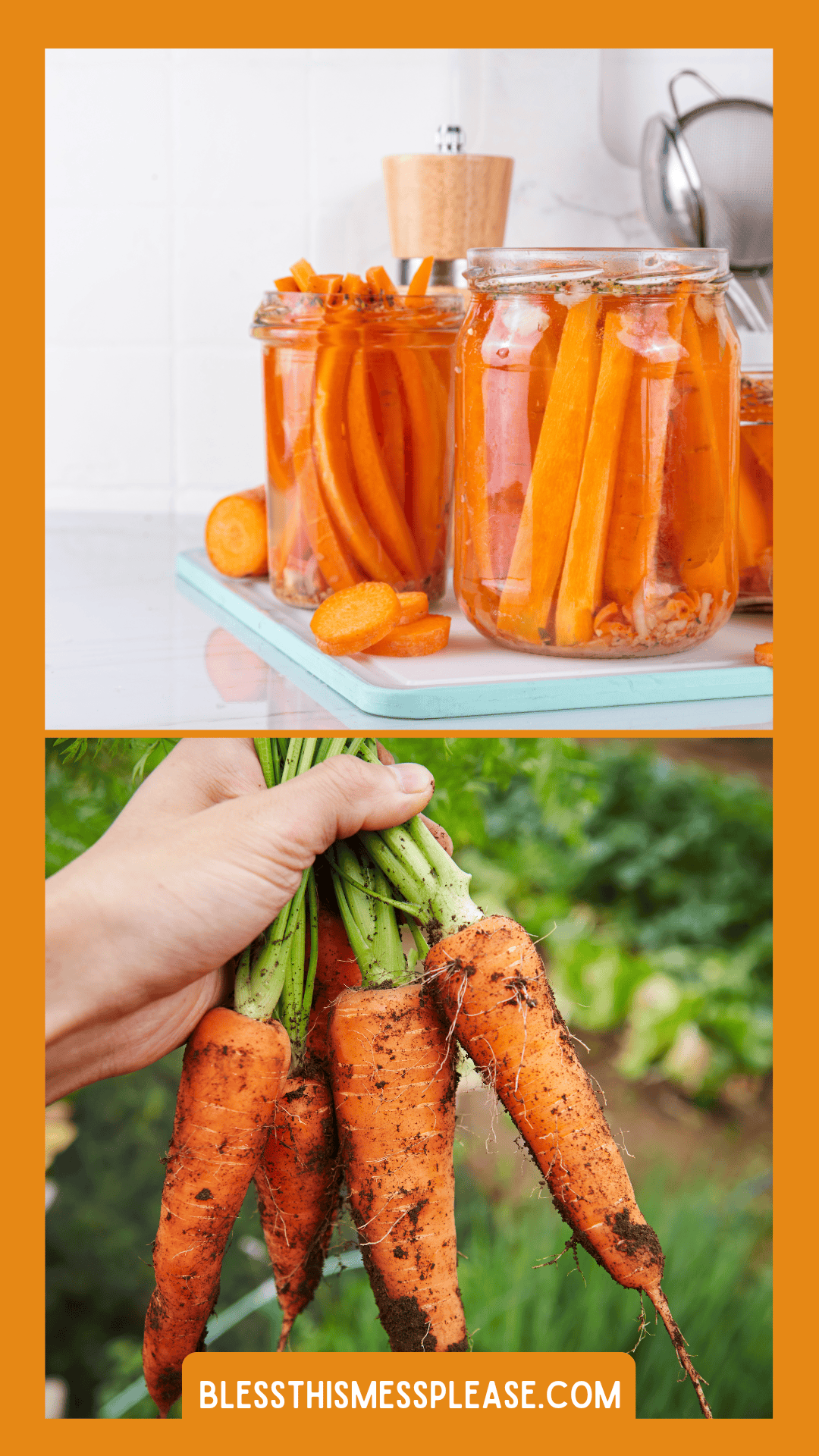
Preserving Guide: How To Preserve Carrots
Whether you’re preserving your homegrown harvest or store-bought carrots, these methods for preserving carrots lock in that sweet, crisp flavor so you can enjoy fresh-tasting carrots even in the dead of winter when fresh produce prices soar.
The simplest method requires only your refrigerator – store unwashed carrots in perforated plastic bags in the crisper drawer. Or go a bit more long-term and prep them for the freezer. For longer storage, you can dry carrot slices in a basic dehydrator or use a pressure canner if you want to make them shelf stable.
Table of Contents
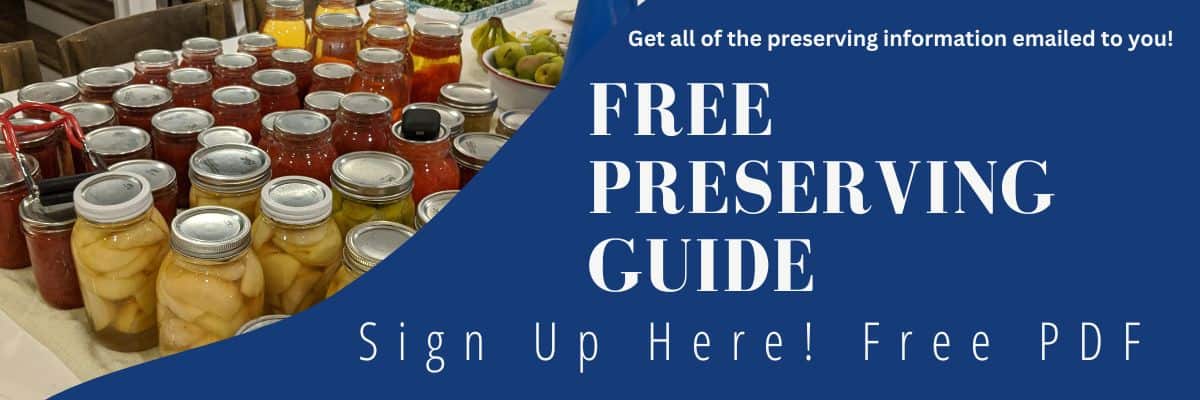
When To Harvest Carrots
Carrots are ready to be harvested when they reach finger size or larger.
How To Store Carrots
Fresh carrots from the garden or the store should be stored In the refrigerator until they’re being eaten or preserved for longer storage.
Dehydrating Carrots
- CUT: Wash, trim off the roots and tops, and cut into slices or strips about 1⁄4-inch thick
- DIPPING: Steam blanch for 3-4 minutes
- DEHYDRATOR: 10-12 hours
- APPEARANCE WHEN DRY: tough, brittle
Canning Carrots
QUANTITY: An average of 17-1/2 pounds (without tops) is needed per canner load of 7 quarts; an average of 11 pounds is needed per canner load of 9 pints. A bushel (without tops) weighs 50 pounds and yields 17 to 25 quarts – an average of 2-1/2 pounds per quart.
PREPARE CARROTS
- Wash, peel, and then rewash carrots.
- Slice or dice into uniformly sized pieces.
HOT PACK
- Cover with boiling water.
- Bring to boil and simmer for 5 minutes.
- Fill jars, leaving 1-inch of headspace.
- Adjust lids and process.
Process Time: Pints: 25 minutes; Quarts: 30 minutes
RAW PACK
- Fill jars tightly with raw carrots, leaving 1-inch headspace.
- Add 1 teaspoon of salt per quart to the jar, if desired.
- Add hot cooking liquid or water, leaving 1-inch headspace.
- Adjust lids and process.
Process Time: Pints: 25 minutes; Quarts: 30 minutes
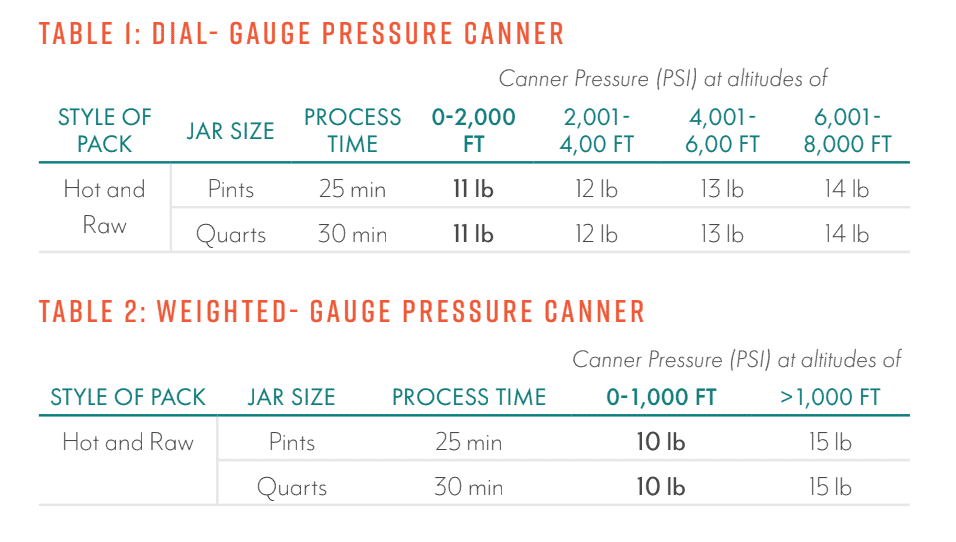
How To Freeze Carrots
PREPARING CARROTS
- Select young, tender, coreless, medium length carrots.
- Remove tops, wash and peel.
- Leave small carrots whole. Cut others into thin slices, 1/4-inch cubes or lengthwise strips.
FREEZING CARROTS
- Water blanch small whole carrots 5 minutes, diced or sliced 2 minutes and lengthwise
strips 2 minutes. - Cool promptly, drain and package, leaving ½-inch headspace.
- Seal and freeze.
🍎🫙 Get a free Preserving Guide for all the details to dehydrate, can, and freeze 42 fruits and vegetables — get the FREE GUIDE here!
Expert Tips
- Blanching Technique: When blanching for freezing, use a large pot with plenty of boiling water (1 gallon per pound of carrots) and work in small batches. The water should return to a boil within 1 minute of adding carrots. Timing starts when the water returns to a rolling boil.
- Storage Times: The storage time varies by method: refrigerated carrots last 3-4 weeks, frozen carrots maintain quality for 10-12 months, dehydrated carrots can last 1-2 years when stored properly, and canned carrots stay good for 2-5 years. Root cellar storage can preserve carrots for 4-6 months under ideal conditions.
- Control Humidity: Carrots need high humidity (90-95%) but good air circulation to prevent rot. In refrigerators, use perforated plastic bags or wrap in damp paper towels. For root cellars, maintain proper ventilation while keeping humidity high with damp sand or sawdust.
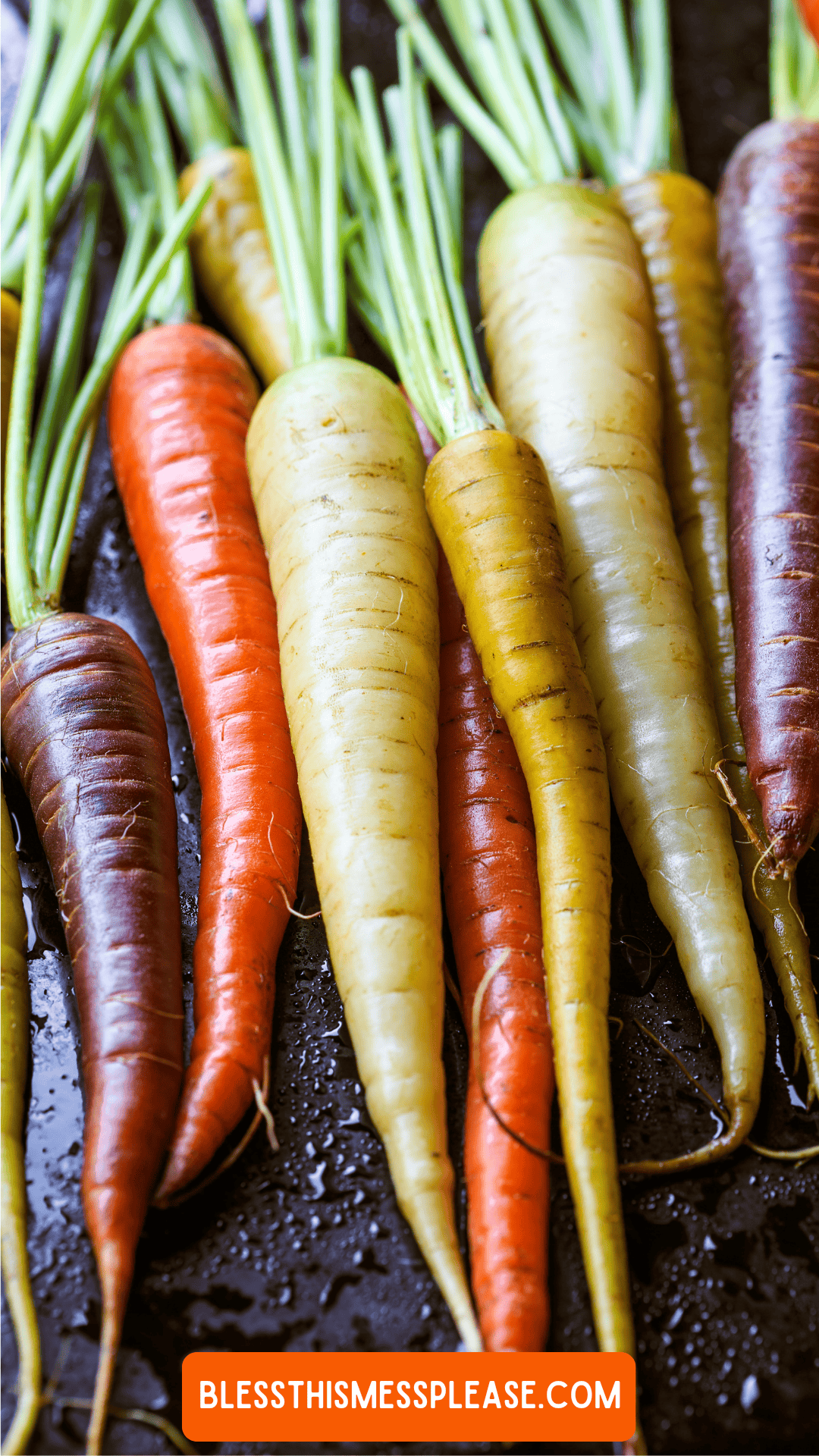
More Tips For Preserving The Harvest
Preserving Guide
How To Preserve Watermelon
Preserving Guide
How To Preserve Tomatoes
Preserving Guide
How To Preserve Sweet Potatoes
Preserving Guide
How To Preserve Winter Squash
Did you use any of these preserving tips? Leave a note below in the comments or share it on Instagram, Facebook, or Pinterest!

